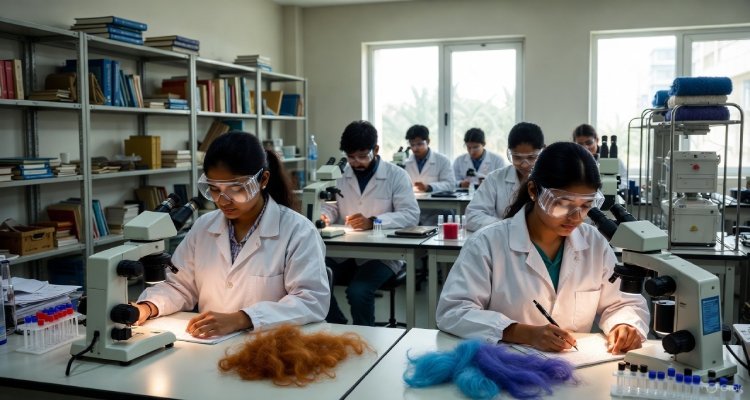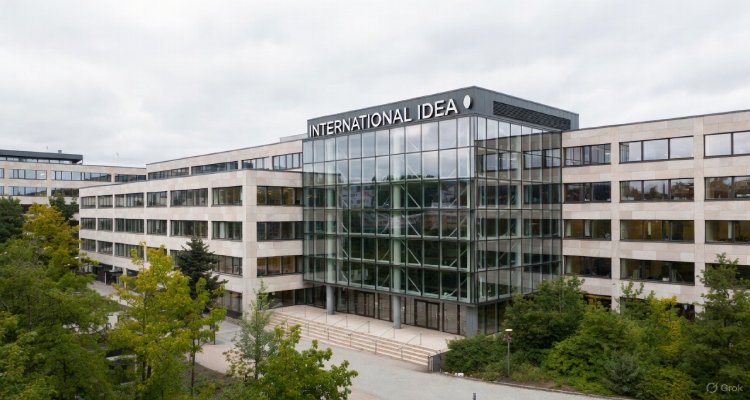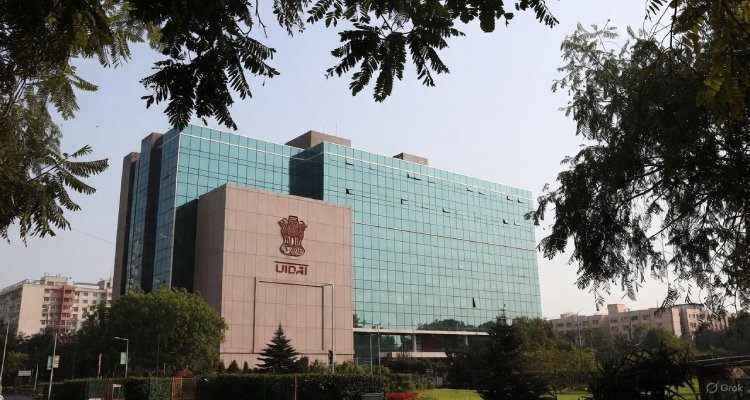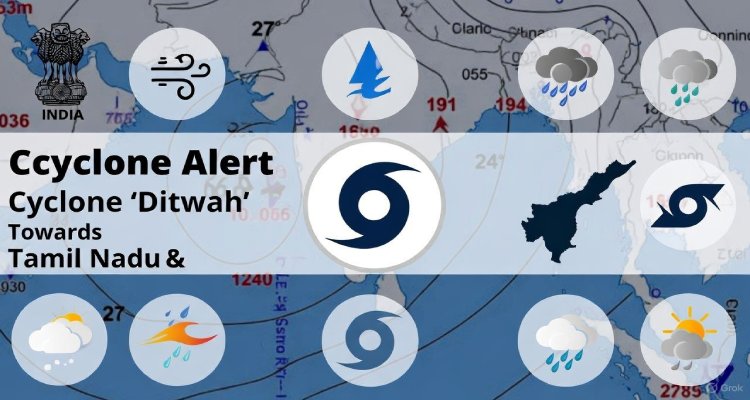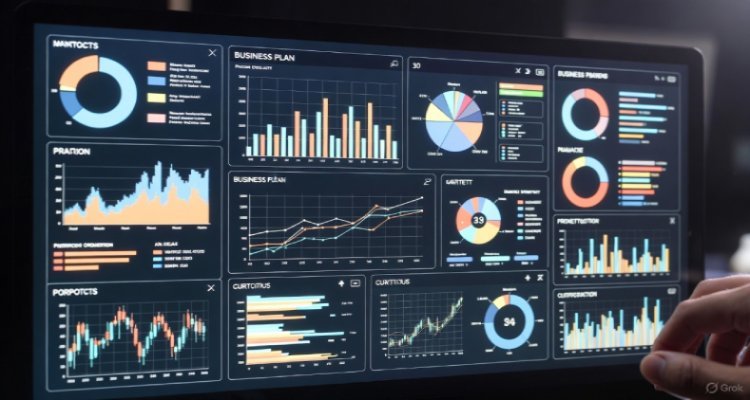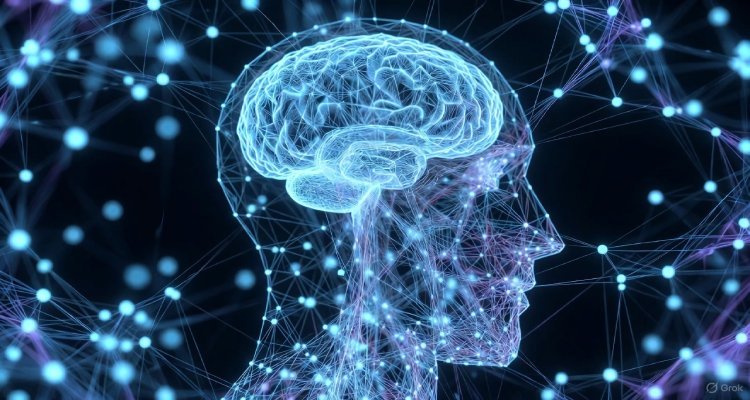Modi-Trump Meeting: Trade Deals, Tariffs, and Strategic Diplomacy
Indian Prime Minister Narendra Modi meets with Donald Trump to discuss trade, defense, and strategic partnerships. Will concessions on tariffs and new business deals strengthen US-India ties?
Modi-Trump Summit: Strengthening Ties Through Trade and Strategy
Indian Prime Minister Narendra Modi is set to meet U.S. President Donald Trump on Thursday, bringing with him a host of trade and business proposals. With a history of fluctuating trade relations, Modi aims to secure economic concessions and reinforce strategic partnerships, hoping that tariff reductions, defense agreements, and energy collaborations will win Trump’s favor.
Since taking office, Trump has leveraged tariffs as a negotiating tool, targeting both allies and adversaries. Despite his previous warm ties with Modi, he has criticized India’s trade policies, calling it a “very big abuser.” His administration’s tariffs on steel and aluminum have impacted Indian exports significantly. However, Modi’s visit signals India’s readiness to make key trade commitments to strengthen bilateral relations.
Trade, Tariffs, and Business Commitments
To ease trade tensions, Modi is expected to present substantial economic offerings. Indian officials have hinted at increased purchases of liquefied natural gas, combat vehicles, and jet engines from the U.S. These deals, alongside potential agreements on agricultural exports and nuclear energy investments, could pave the way for a more balanced trade relationship.
Moreover, India is exploring tariff cuts in critical sectors such as electronics, medical equipment, and chemicals—areas the Trump administration has identified as needing improvement. As a strategic move, these concessions could help India gain leverage in securing a broader trade agreement.
With the U.S. facing a $45.6 billion trade deficit with India, Trump’s administration has insisted on reciprocal tariffs. Given India’s trade-weighted average tariff rate of 12%—significantly higher than the U.S. average of 2.2%—negotiations on tariff reductions will be a focal point of the discussions.
Richard Rossow, head of the India program at the Center for Strategic and International Studies, described the talks as a “boxing match,” where India might be willing to make concessions but only within certain limits.
Defense and Energy: Strengthening Bilateral Cooperation
Defense procurement and energy exports are key aspects of India’s proposal. U.S. officials have indicated a desire for stronger defense collaborations, focusing on procurement and joint military exercises. Modi’s government is expected to emphasize its commitment to expanding defense ties, reinforcing India’s position as a key U.S. partner in the Indo-Pacific region.
Energy trade will also be a major topic. The U.S. sees significant potential in supplying India with liquefied natural gas and other energy resources, which could help balance the trade deficit while bolstering India’s economic growth. As one Trump official put it, “We have the ability to literally power the Indian economy with U.S. energy sales.”
Immigration, Technology, and Strategic Diplomacy
Trump is also likely to press Modi on unauthorized immigration. India is a major source of migrants to the U.S., particularly in the tech sector, where many enter on work visas. While the focus remains on trade and defense, immigration discussions could influence future visa policies affecting Indian professionals in America.
Additionally, Modi is expected to hold private discussions with Elon Musk, whose Starlink venture is eyeing expansion into India. Given Musk’s close ties with Trump, these talks could influence future business deals that align with U.S.-India tech collaboration.
Beyond trade and business, India’s role in Trump’s broader foreign policy will also be under the spotlight. With China being a major strategic competitor, the U.S. sees India as a counterbalance in the Indo-Pacific. However, India’s “strategic ambiguity”—maintaining ties with both Washington and Beijing—complicates its position.
Global Conflicts and Political Sensitivities
India’s foreign policy extends beyond U.S. relations, as it continues to engage with Moscow despite the ongoing war in Ukraine. While Western nations have reduced energy imports from Russia, India has remained a major buyer, a stance that may come under scrutiny during Modi’s visit.
Trump, who recently spoke with both Russian President Vladimir Putin and Ukrainian leader Volodymyr Zelenskyy about initiating peace talks, might seek Modi’s perspective on potential diplomatic resolutions. U.S. officials acknowledge Modi’s global influence and anticipate constructive discussions on conflict mediation.
Additionally, recent allegations involving Indian intelligence in an assassination plot against a Sikh activist in the U.S. could surface in diplomatic conversations. Trump’s administration has emphasized American safety, suggesting that security concerns will not be overlooked.
Looking Ahead: A Complex Negotiation
As Modi and Trump navigate these complex trade and diplomatic issues, the outcome of their meeting could shape U.S.-India relations for years to come. With India seeking economic advantages and the U.S. pushing for strategic cooperation, both leaders have strong incentives to strike a balanced deal.
Whether through trade concessions, defense agreements, or energy collaborations, this high-stakes dialogue will determine the future trajectory of one of the world’s most crucial bilateral relationships. The success of Modi’s diplomatic mission hinges on securing favorable terms while maintaining India’s strategic independence on the global stage.
Modi’s visit presents an opportunity to address trade imbalances, expand defense partnerships, and reinforce India’s role in global diplomacy. While negotiations may involve tough discussions on tariffs, immigration, and geopolitical strategy, the potential for strengthened bilateral ties remains significant. As both nations chart their economic and strategic paths, this high-profile meeting could redefine their future partnership.
Source: (Reuters)
(Disclaimer: This article is based on publicly available information and intended for informational purposes only. While every effort has been made to ensure accuracy, details may change over time. Readers are encouraged to refer to official government sources for the most current updates.)
Also Read: Trump’s Federal Workforce Buyout Reshapes U.S. Government Operations



